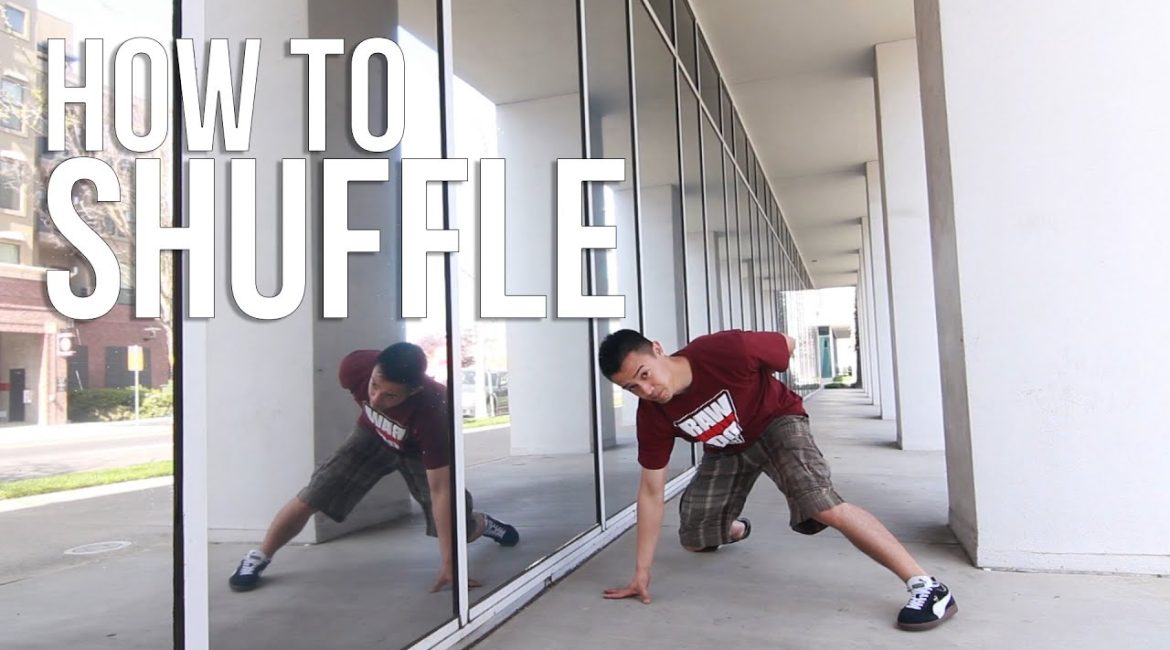In the dynamic world of breakdancing, mastering foundational footwork steps is crucial. One such essential step is the side shuffle, a variation of the basic shuffle that brings movement and texture to your dance routines. Today, we’ll dive deep into learning the side shuffle, building from the ground up, and integrating it seamlessly into your breakdancing to enhance both your performance and creativity.
Understanding the Side Shuffle
The side shuffle is more than just moving sideways; it’s about adding fluidity, rhythm, and style to the traditional shuffle. This movement is rooted in the early days of b-boying and remains a staple due to its versatility and the dynamic visual appeal it adds to dance routines.
Preparations for Learning the Side Shuffle
Before attempting the side shuffle, ensure you are comfortable with the basic shuffle. If you’re not yet familiar with it, take the time to learn that first, as it forms the foundation for more complex movements like the side shuffle.
Equipment Needed:
- Comfortable Clothing: Wear clothes that allow for unrestricted movement.
- Good Quality Sneakers: Footwear should offer good grip and support to facilitate smooth movements.
- Practice Space: Ensure you have enough space to move around safely without obstacles.
Step-by-Step Tutorial
Step 1: Mastering the Basic Motion
- Start in a Push-up Position: Familiar to most, this starting position will be your launch pad.
- Side Hops: Initiate the movement by hopping to one side. This involves a coordinated hop of both the arms and feet.
- Push off with your hands and feet simultaneously.
- Perform a small jump to the side, landing in the same push-up position.
- Practice this hop multiple times to get comfortable with the lateral movement.
Step 2: Adding the Shuffle
- Integrate Leg Kicks: As you hop to the side, incorporate a kicking motion with your legs. Alternate your kicks as you move from side to side.
- Kick one leg out as the other pulls in, coordinating this movement with your side hops.
- Maintain rhythm and ensure each leg kick is synced with each hop.
Step 3: The Galloping Hands
- Arm Movement: Your arms should mimic a galloping motion, providing momentum and aiding in balance.
- As you hop to the side, swing your arms in a controlled galloping motion to help propel your body and maintain stability.
Step 4: Practice Moving Both Directions
- Versatility: Practice the side shuffle facing both directions. This ensures you’re well-rounded and can integrate the move from any orientation during a routine.
- Face one wall to start and then switch to the opposite side after a few rounds.
Training Tips for Perfecting the Side Shuffle
- Consistency and Repetition: The key to mastering the side shuffle lies in consistent practice. Repeat the movements until they feel natural and fluid.
- Record and Review: Recording your practice sessions can be highly beneficial. Watch your movements to identify areas that need improvement.
- Slow Down: If you’re struggling with coordination, slow down the steps. Master the movements at a slower pace before speeding up.
Common Mistakes and How to Avoid Them
- Skipping the Basics: Don’t jump into the side shuffle without a solid grasp of the basic shuffle. The fundamentals are crucial for success.
- Losing Rhythm: The side shuffle requires rhythmic movement. If you find yourself out of sync, revisit each step individually.
- Neglecting Arm Movements: Your arms are essential for balance and momentum. Ensure they are actively involved in the movement.
Creative Applications
Once you are comfortable with the side shuffle, start experimenting with different variations and integrating them into your routines. Add turns, change levels, and play with speed to make the movement your own. The side shuffle can be a fantastic transitional move or a standout feature in your footwork sequences.
Conclusion
The side shuffle is a timeless breakdancing move that adds flair and dynamism to any routine. By mastering this step, you expand your footwork repertoire and improve your overall dancing skills. Remember, the beauty of breakdancing lies in how you adapt and personalize each movement to reflect your unique style. So, practice diligently, get creative, and most importantly, have fun as you shuffle your way to breakdancing mastery!


Leave a reply